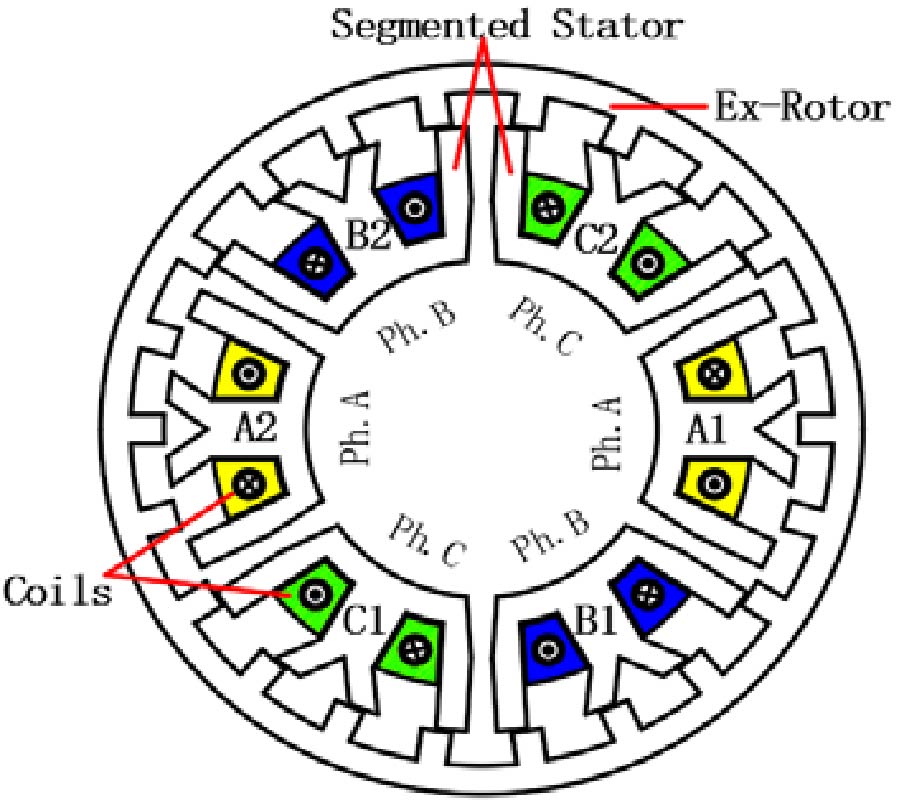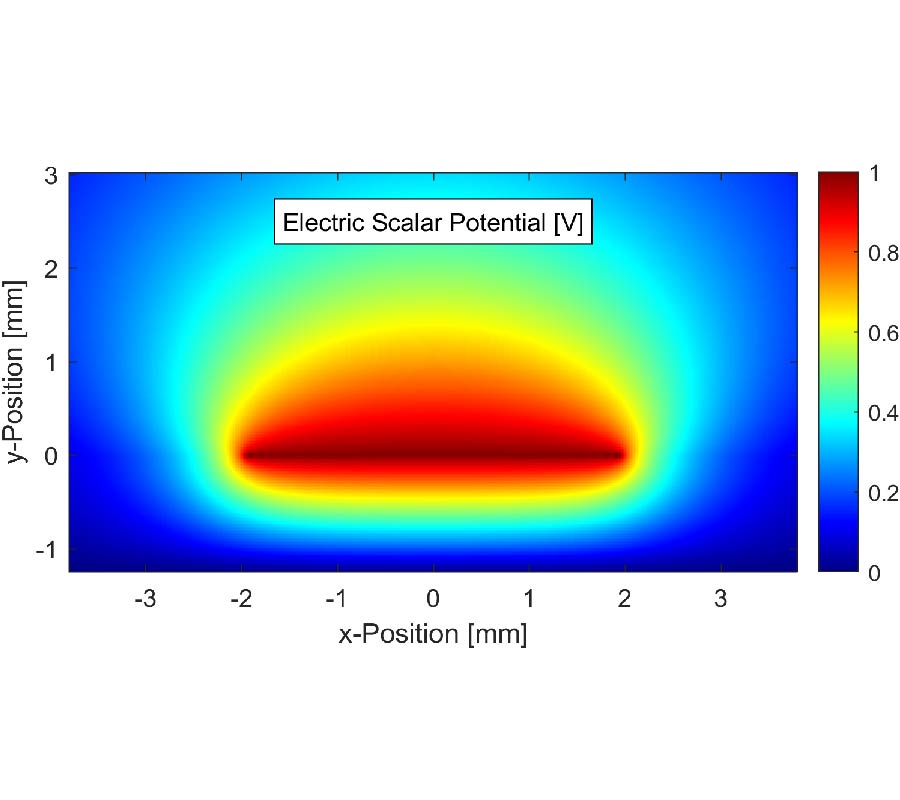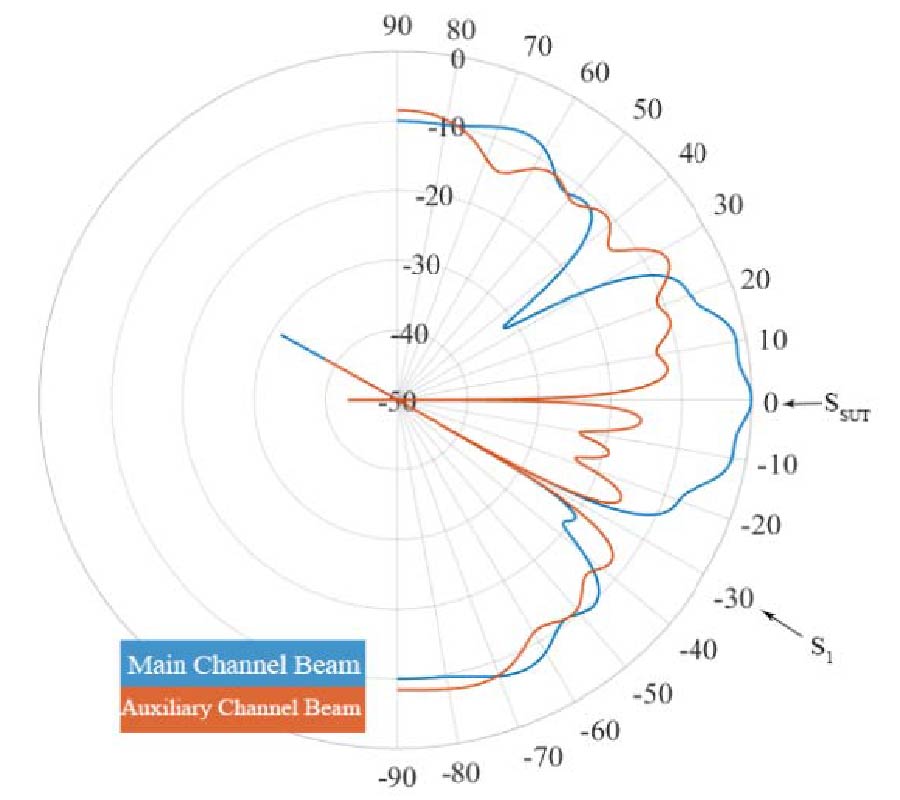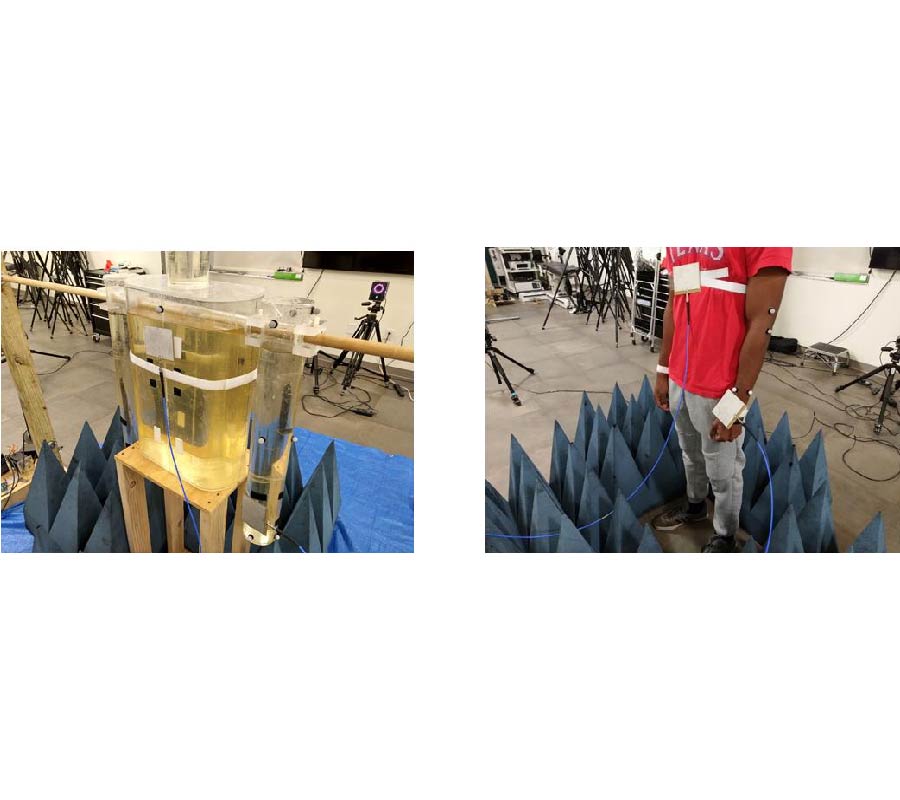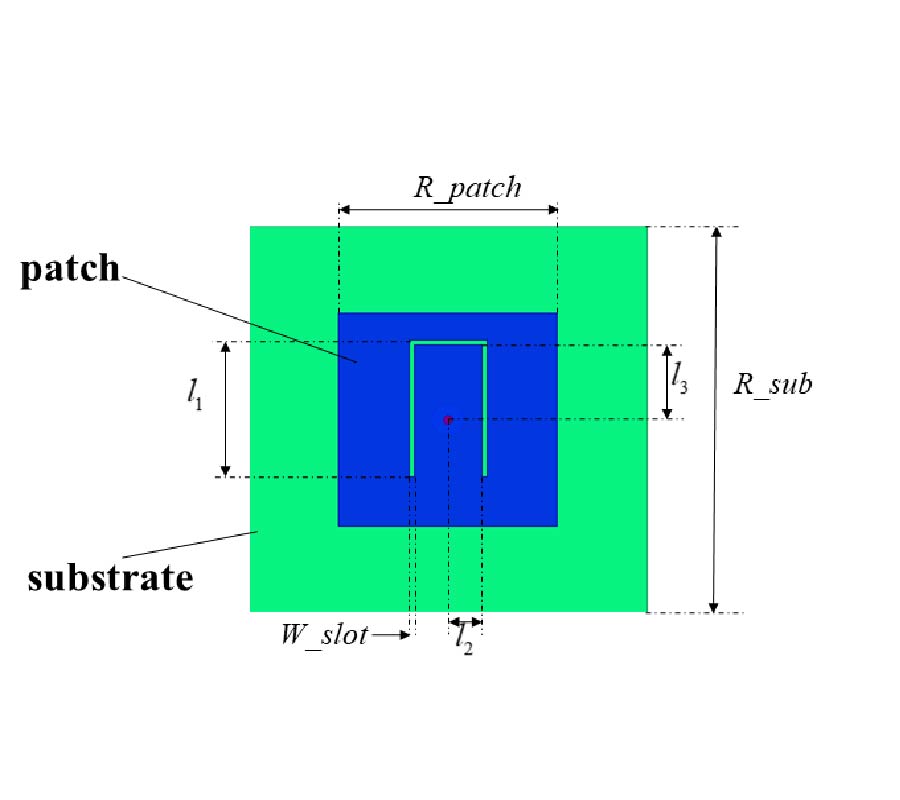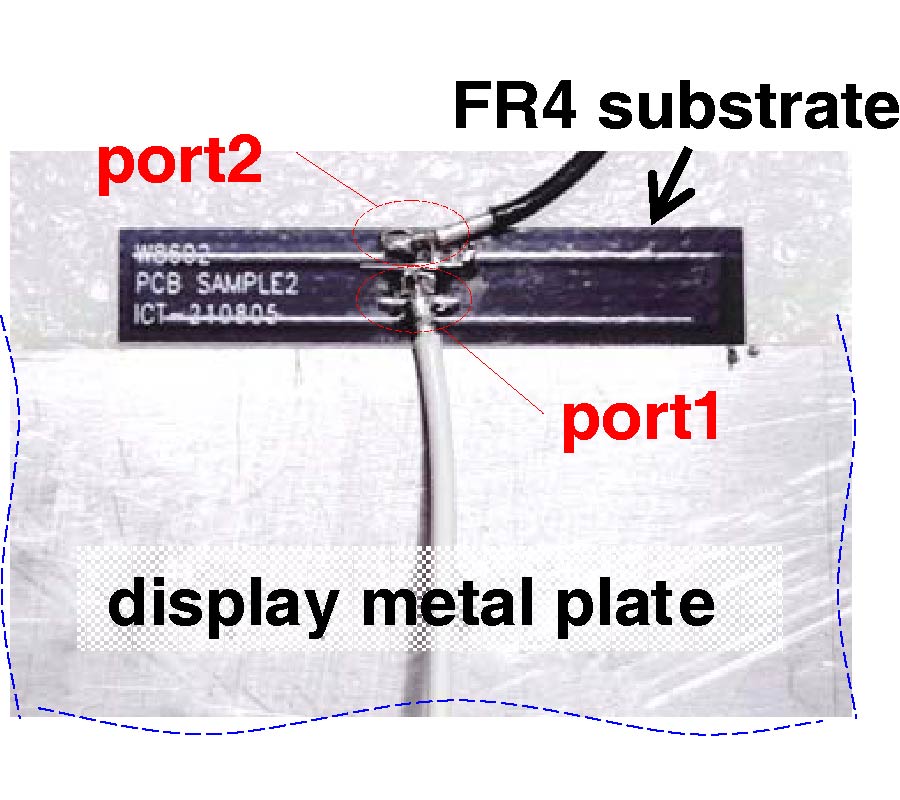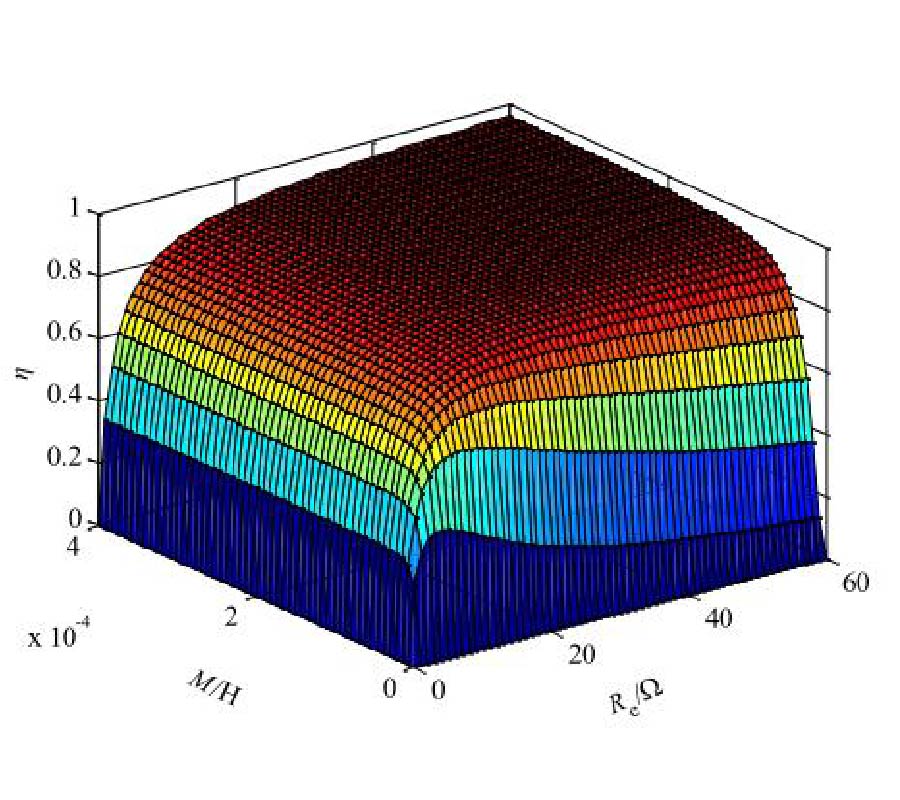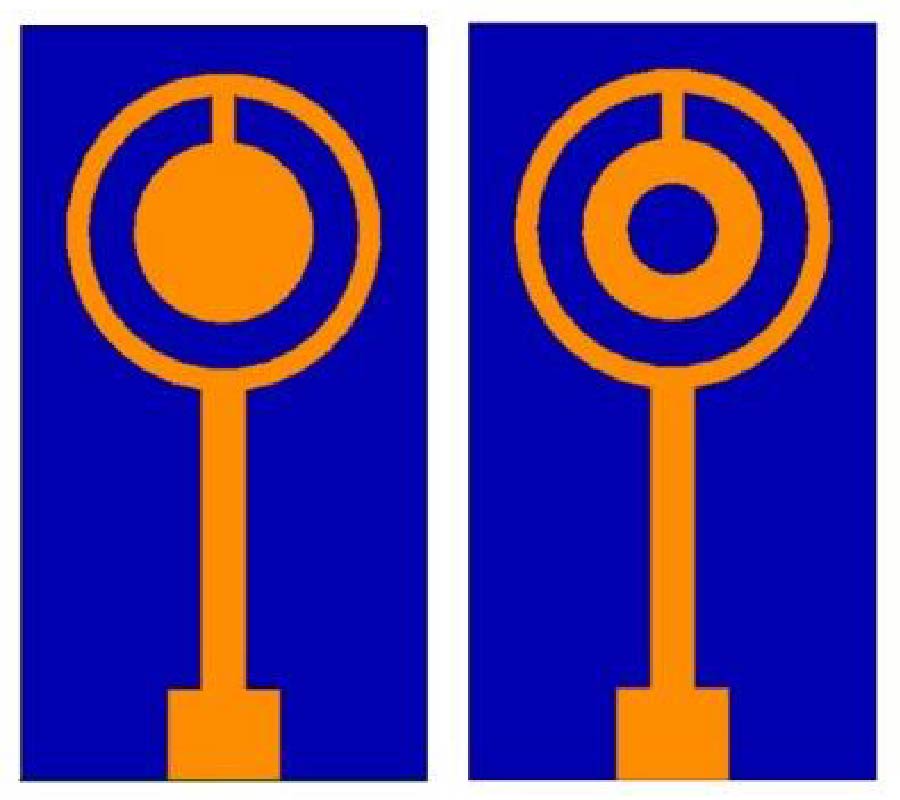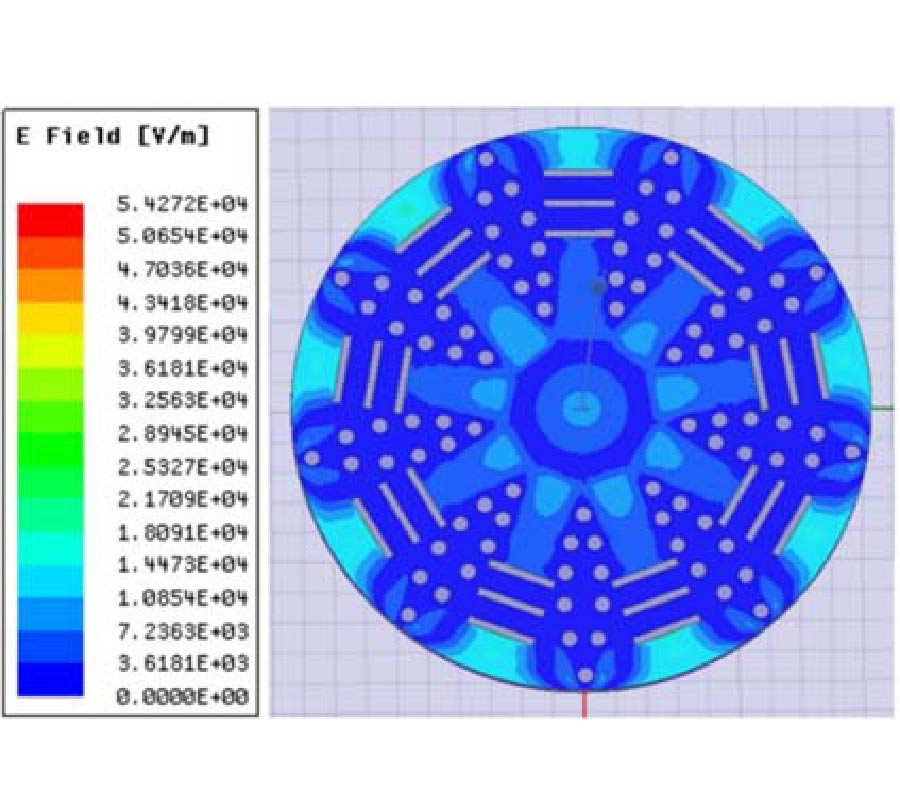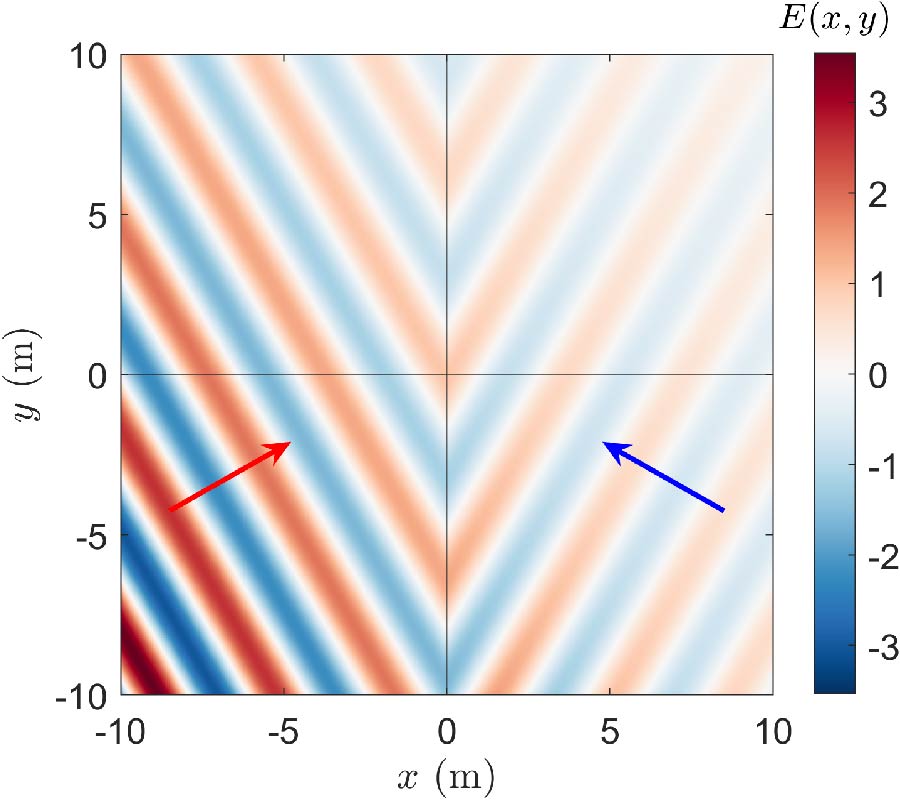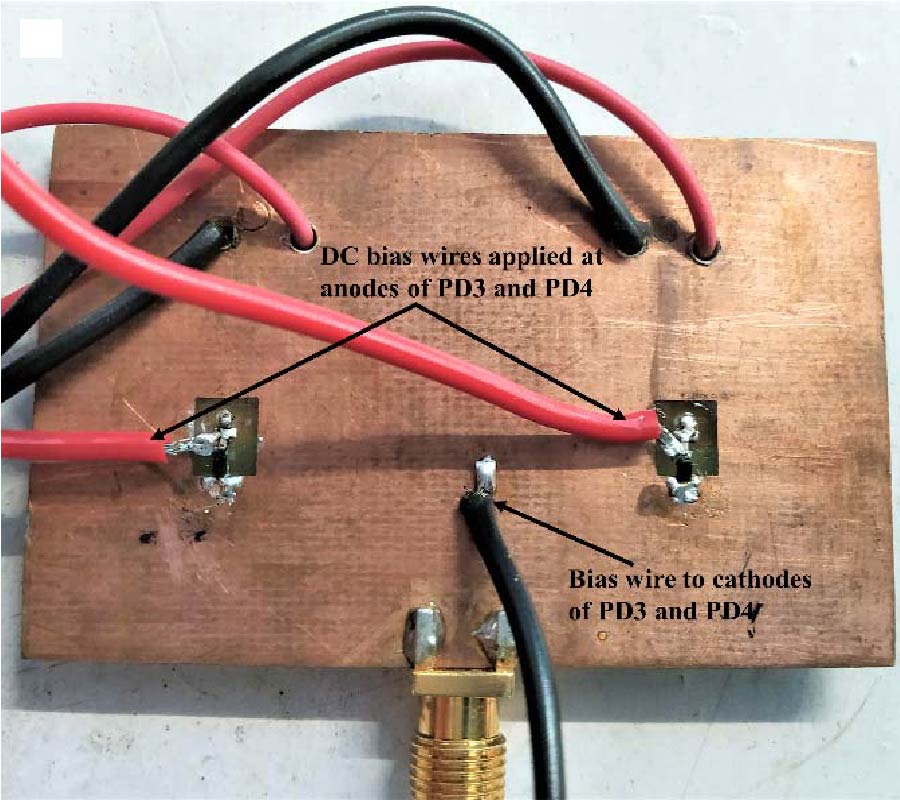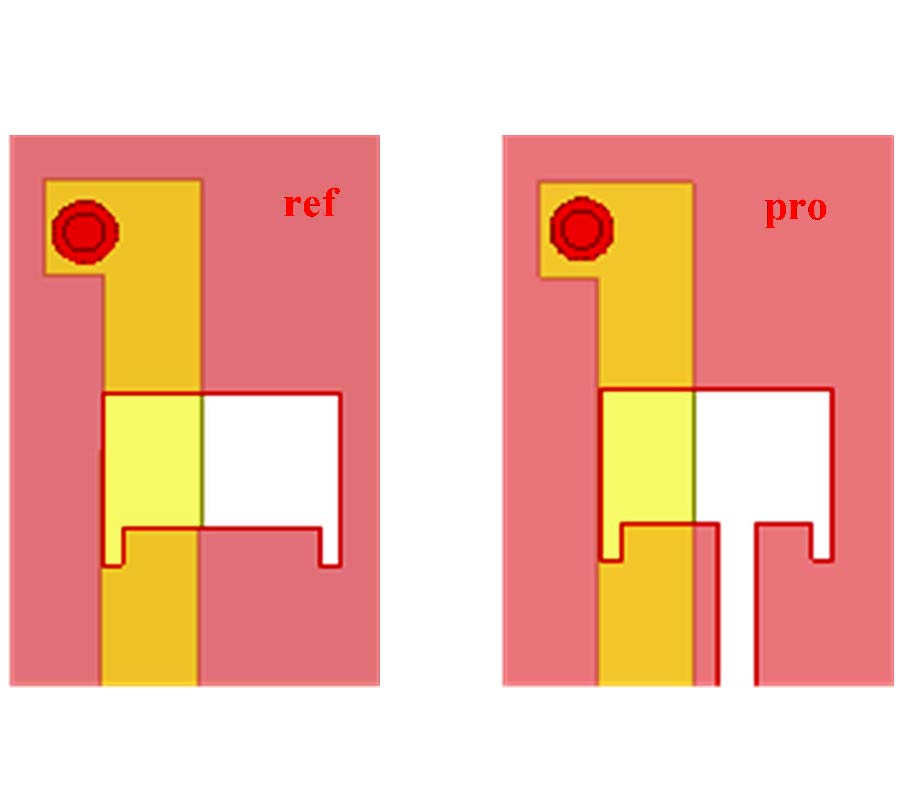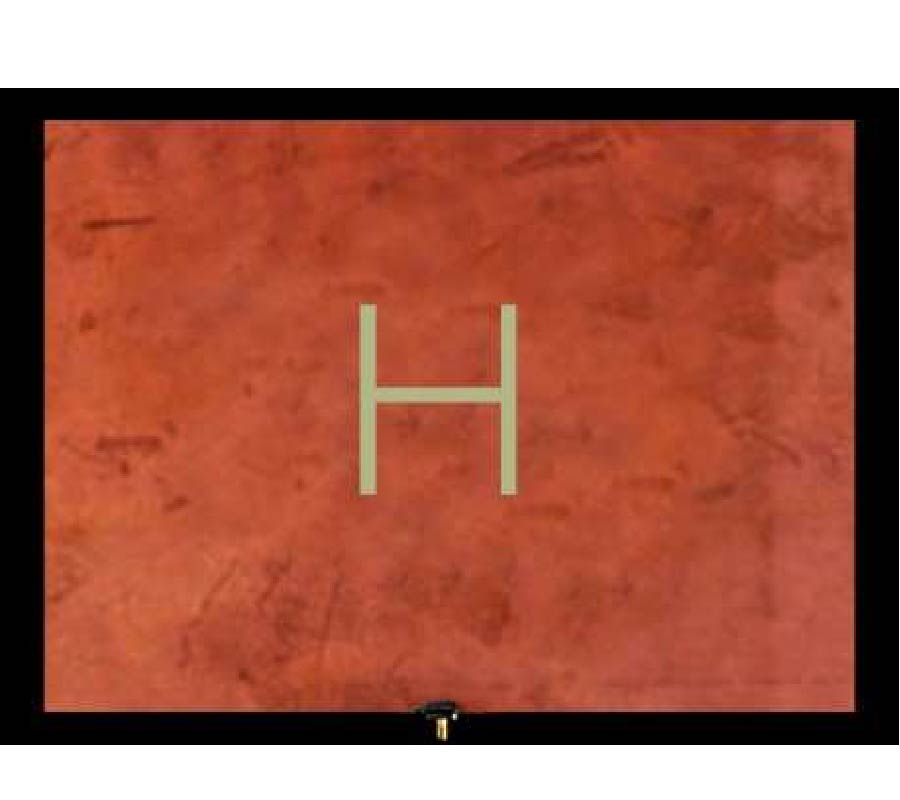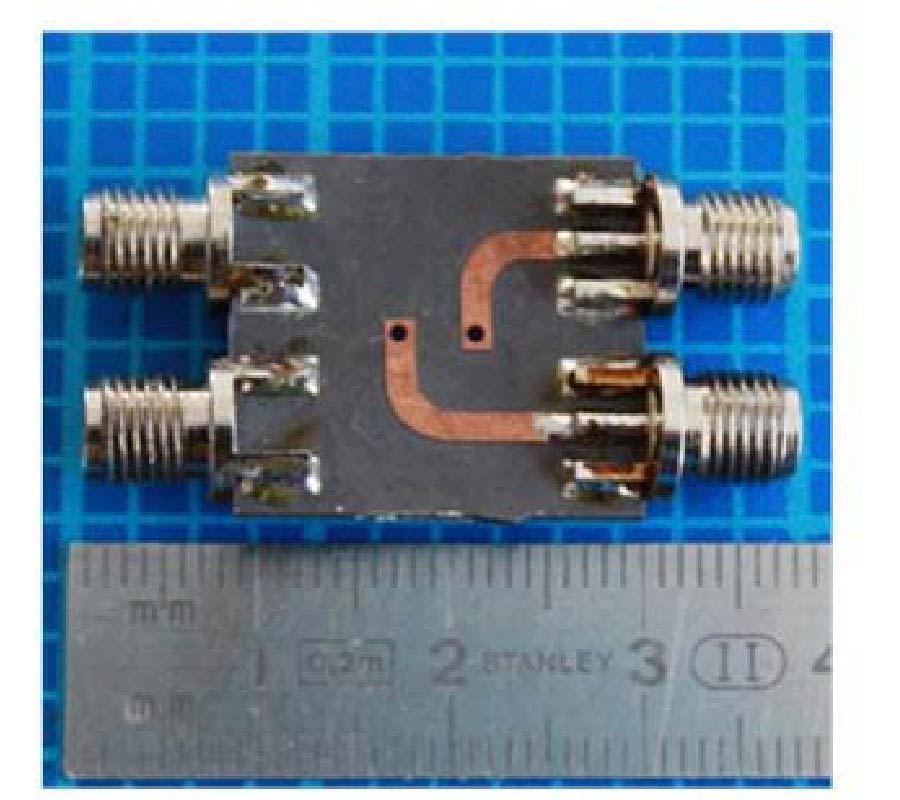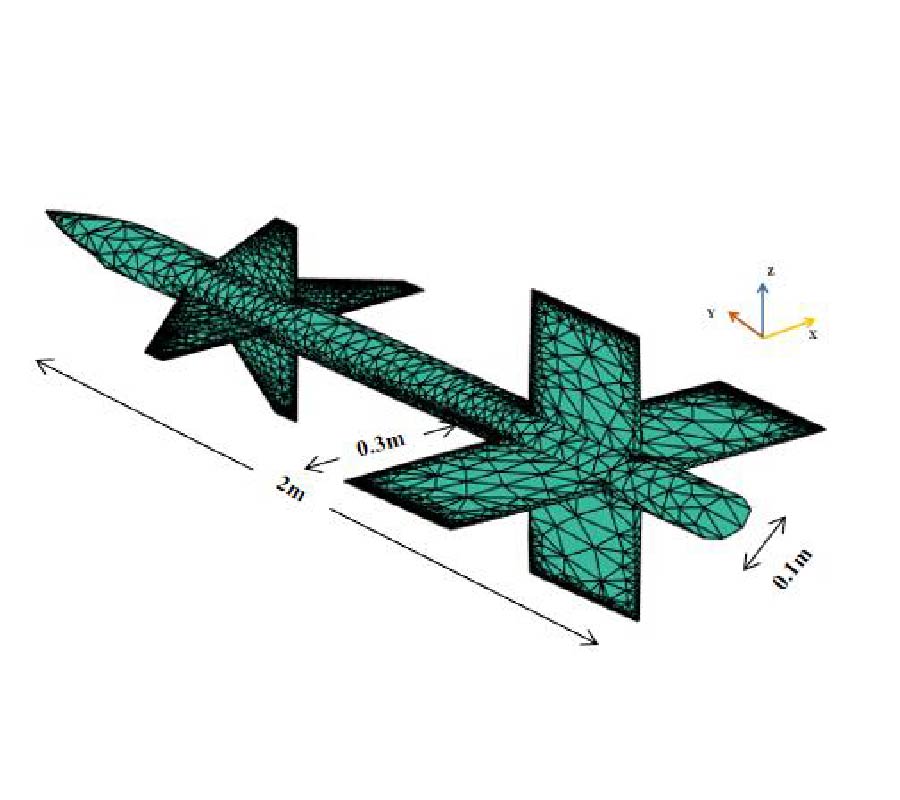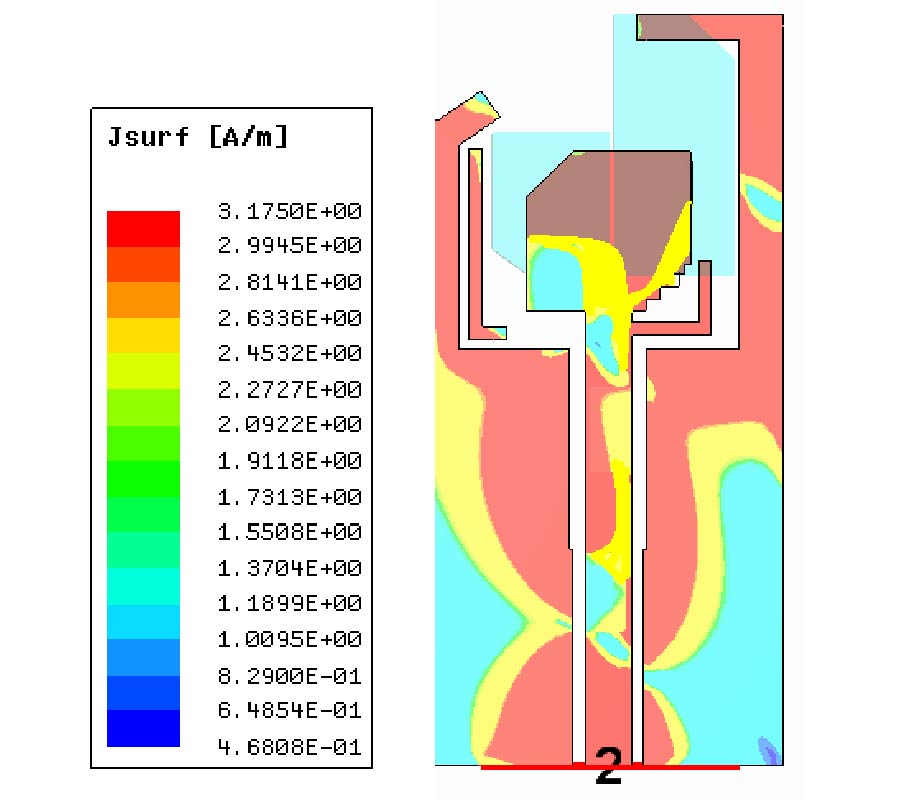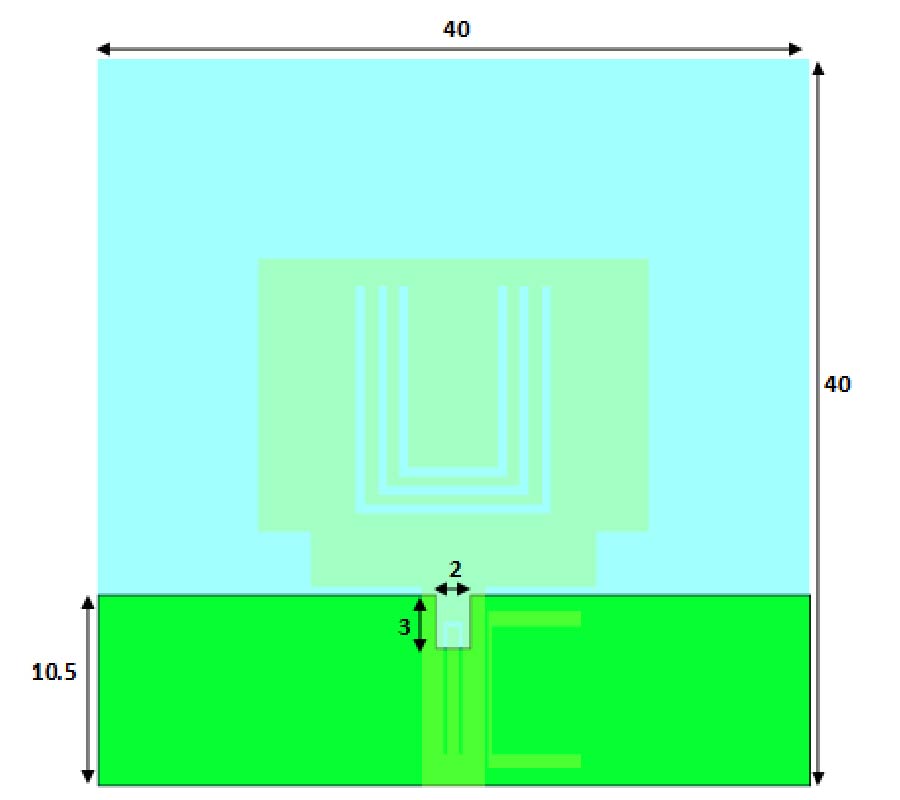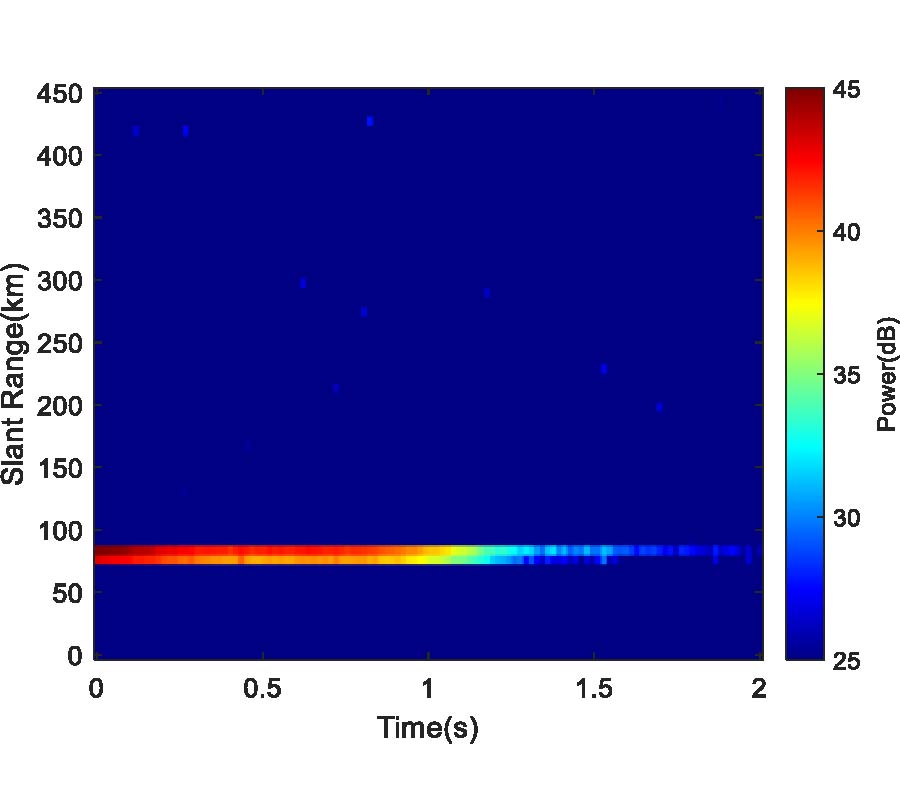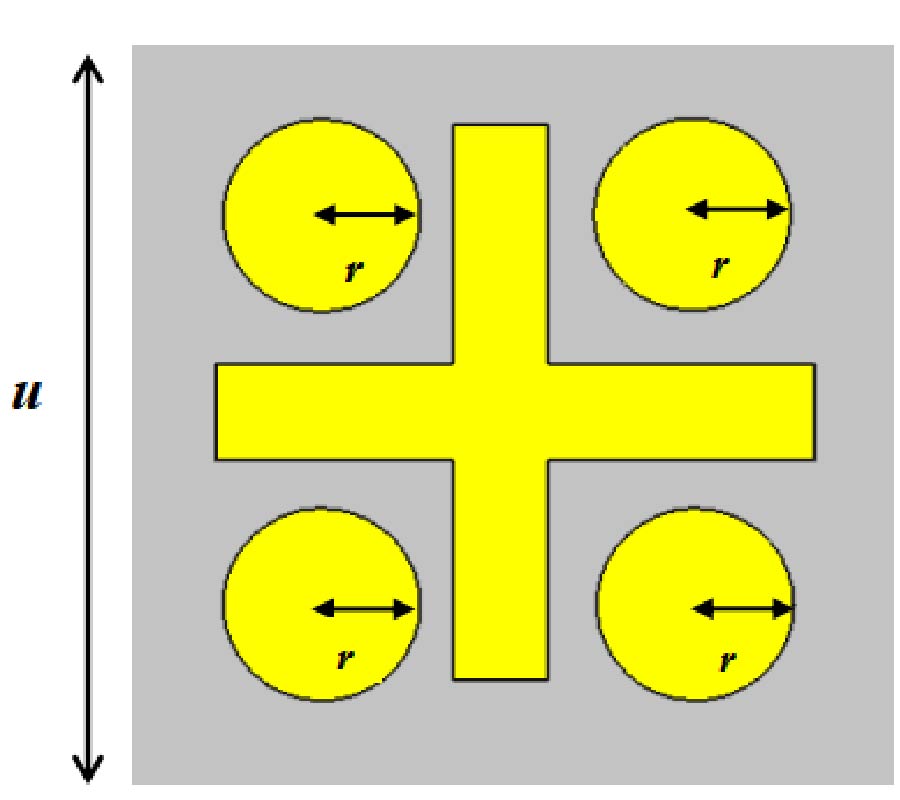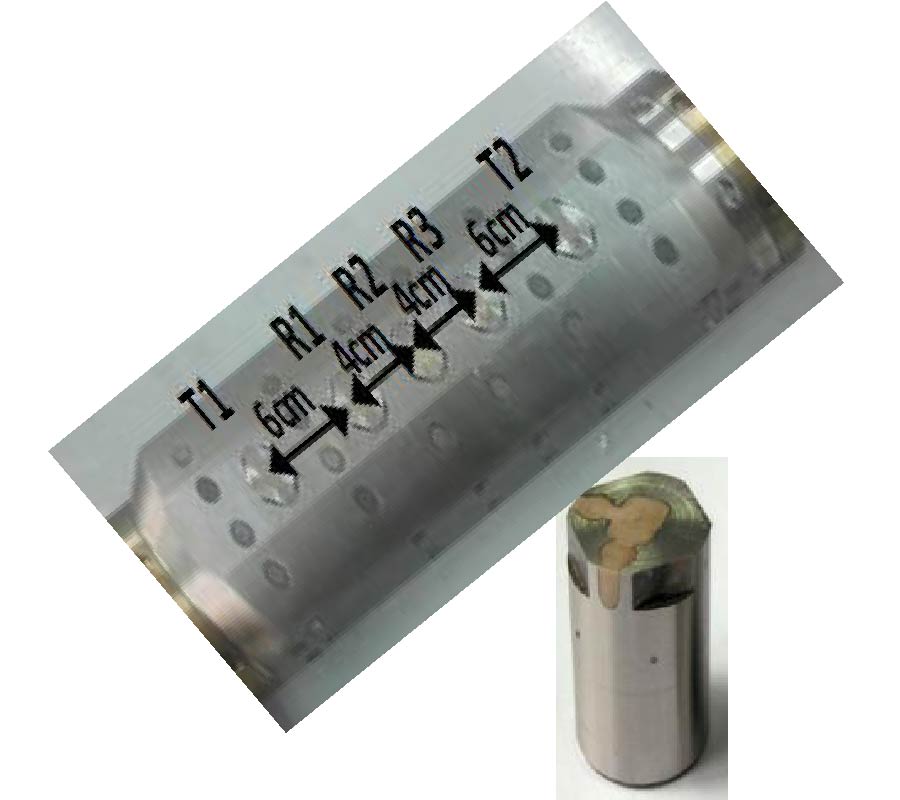A Triple Band Highly Sensitive Refractive Index Sensor Using Terahertz Metamaterial Perfect Absorber
Sagnik Banerjee
,
Purba Dutta
,
Amit K. Jha
,
Prabhat Ranjan Tripati
,
Avireni Srinivasulu
,
Bhargav Appasani
and
Cristian Ravariu
This research introduces a novel design of a metamaterial absorber having the range in terahertz, capable of sensing changes in the refractive index of the encircling medium. The layout includes adjoining rectangular patches in the form of a plus symbol along with four circular patch resonators (CPRs) on the pinnacle of a Gallium Arsenide (GaAs) substrate. The proposed design comes up with three consecutive absorption peaks, with an absorptivity of 99.0%, 99.75%, and 98.0% at three different resonant frequencies of 2.36 THz, 2.675 THz, and 2.97 THz, respectively, and a Full Width Half Maximum (FWHM) of 0.08, 0.04 and 0.05. This structure's quality factor (Q-factor) at the three resonant frequencies is 29.5, 66.8 and 59.4 together with 6.75, 17.5 and 30 as figure of merit (FoM), respectively. The proposed design offers a sensitivity of 0.54 THz/RIU, 0.7 THz/RIU, and 1.5 THz/RIU in those three absorption bands. To support the selection of design parameters, parametric assessment was done. The designed sensor can find its applications in terahertz sensing.
